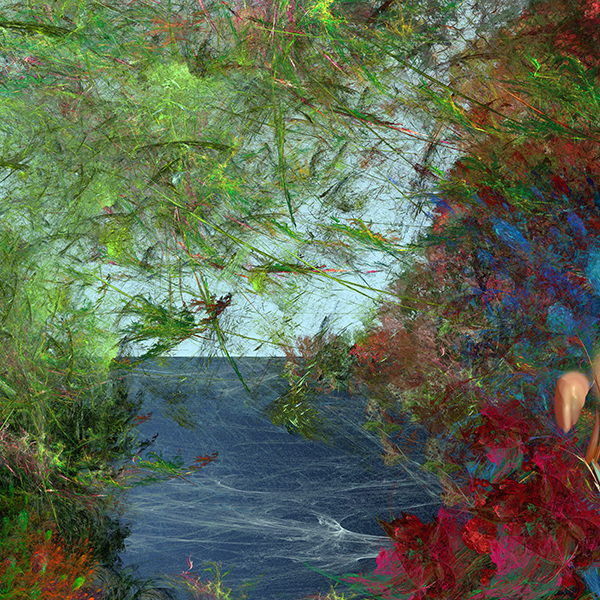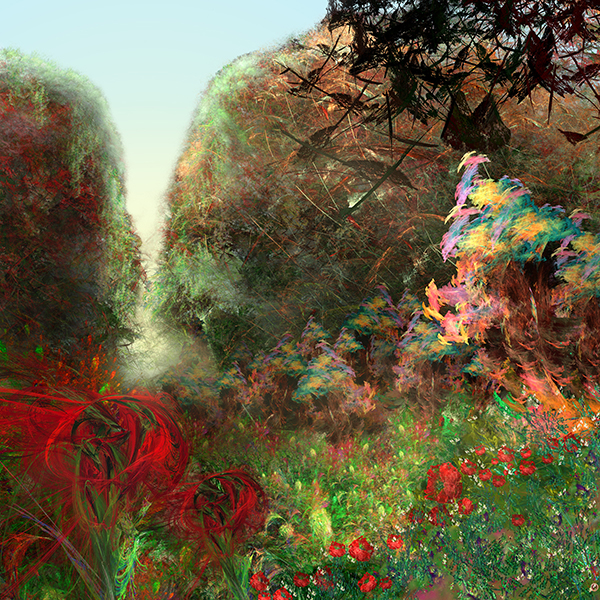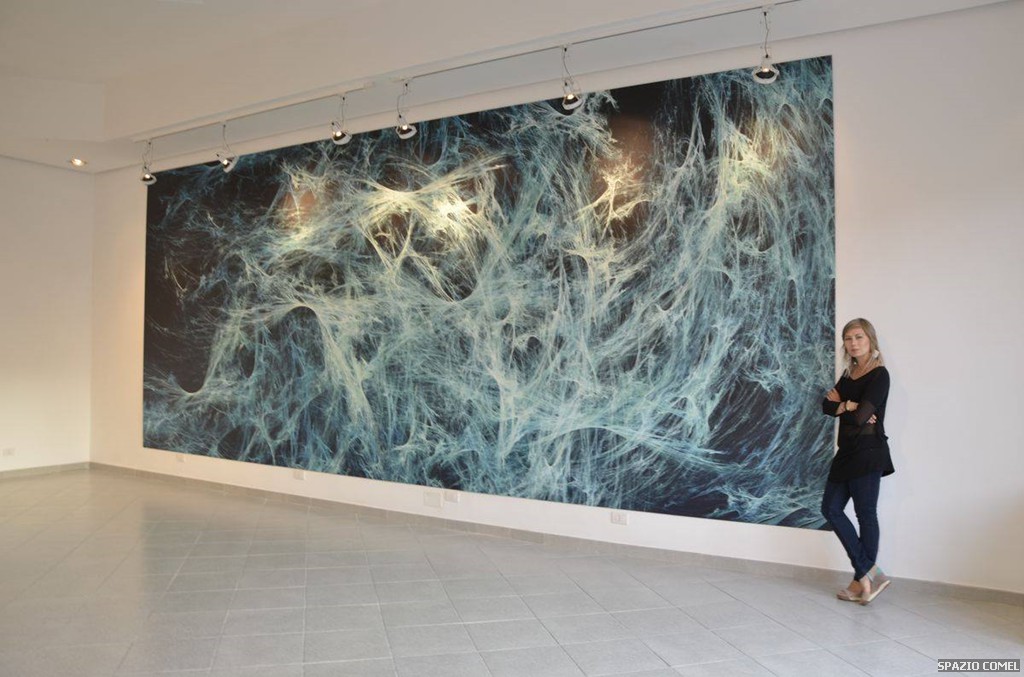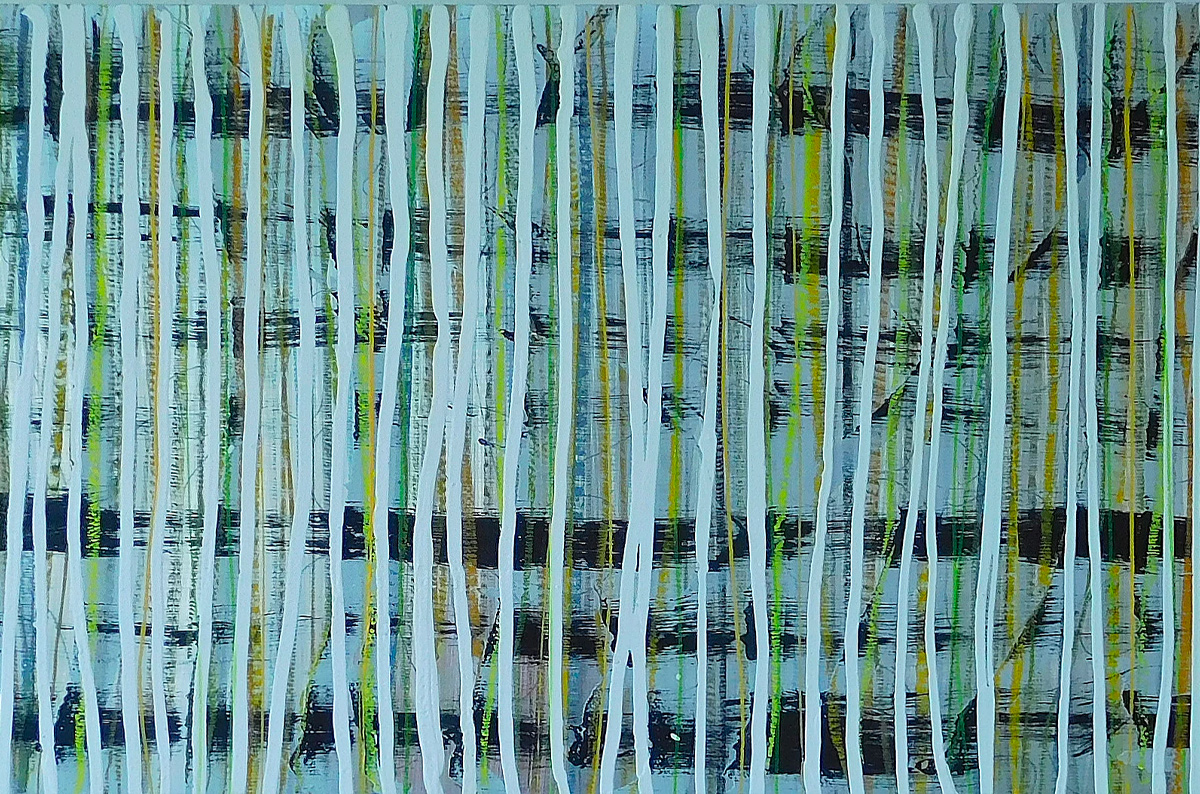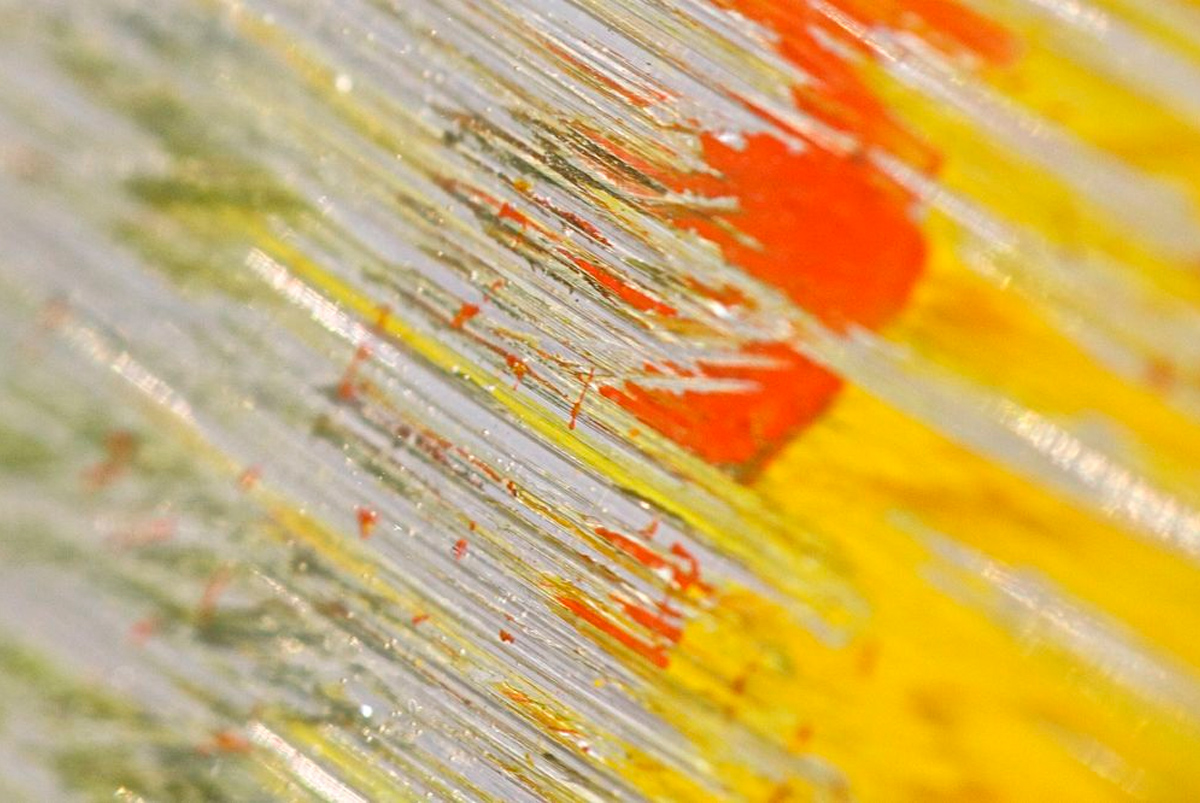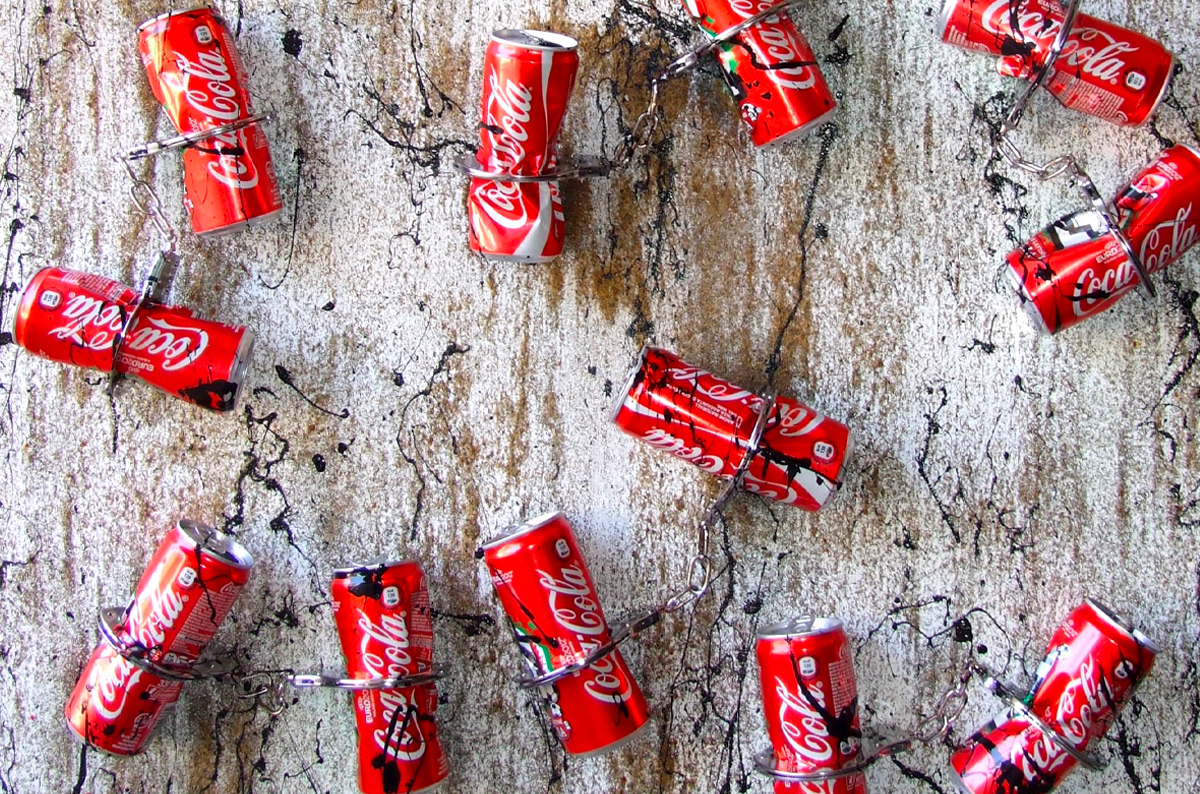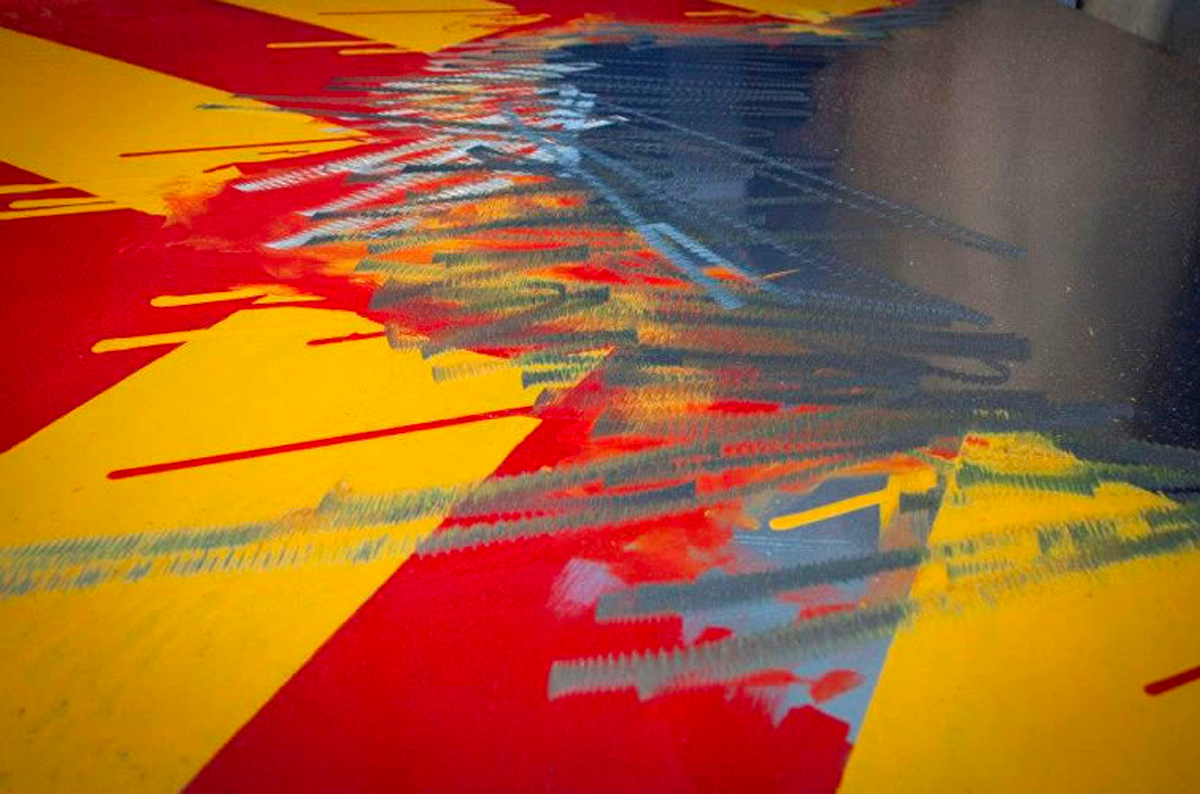WINNER OF THE COMEL AUDIENCE AWARD 2013
No Fear – The wave by Roxy Deva
Spazio COMEL Arte Contemporanea
From september 20th to october 5th 2014
curated by Dafne Crocella
Roxy Deva’s artistic research on new media and their interactions with contemporary art began in 1998 with her specialization in graphic techniques at the Academy of Fine Arts in Rome. From that moment on, she embarked on a rich journey that led her to collaborate with significant companies in the field of printing, video games, and television in Italy, France, and China.
The wealth of experiences gained during these years forms the foundation of her current creative vision.
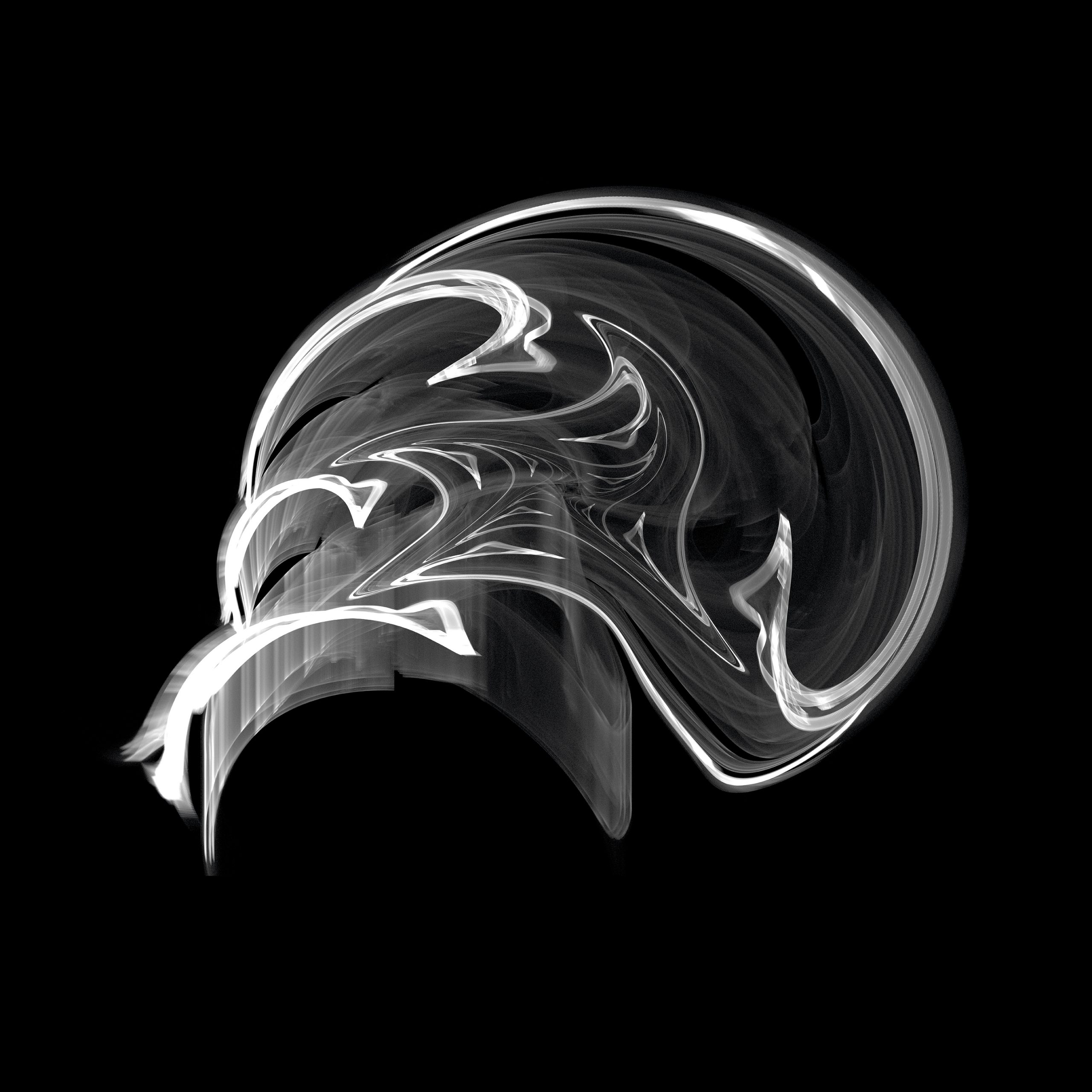
Amleto
THE CREATIVE PROCESS
Roxy Deva’s artworks come to life from a freehand drawing on a digital tablet. The artwork is then entered into the computer’s database, initiating the path of digital reworking. The drawing is broken down following mathematical rules and algorithms that generate fractals. Then, these decompositions are processed and reassembled once again. Each image thus created contains different digitally processed levels that encapsulate the original image, now invisible. The final effect offers an insight into what has been and, simultaneously, what is yet to come.
THE EXPRESSIVE RESEARCH
Everything undergoes transformation; this is the fundamental belief driving Roxy Deva’s artistic research. Stasis is merely an illusion. So, how does one represent in a static artwork the continuous flow of states and possibilities? Mathematics becomes the answer and a central element of the artist’s technique: a tool to depict the unstable essence of every form.
Similar to music, another significant passion of Roxy Deva, creativity and mathematical rules come together to create unexpected harmonies. The natural world, with its laws, becomes a representative element of the human soul. Roxy Deva’s artistic exploration is introspective, where what happens deep within ourselves finds a metaphorical counterpart in the sensory world.
Her artworks can be seen as X-rays of the human soul. In this way, the artist makes visible the impulses, fears, emotions, hopes, and all that remains hidden in the human psyche, showcasing it in its timeless repetition.
The Wave – L’onda
NO FEAR – THE WAVE
Fear not if a great wave overtakes us. As a passionate surfer, Roxy Deva’s artwork couldn’t overlook the call of the power of the wave. And so, the imposing artwork “Wave – Radiography of Chaos” (3 x 7.5 m) is born, giving its title to the exhibition. While the force of nature may appear dangerous on one side, on the other, it fascinates precisely because of its power. The wave created by the artist not only represents water moved by the wind but also becomes a symbol of other waves—those hidden, intimate, and emotional waves that often, though visually formless, overwhelm us. Thus, the reference to the wave becomes a call to what lives within us and often shakes us with fear. Fear is not one triggered by external events but secretly resides within the human soul. By magnifying it, Roxy finds the courage to look at it, admire it, and appreciate it—there is no other way to ride it.
Contrasting the Wave is the “Inner Garden” developed on four aluminum sheets. The artwork belongs to the series of “Boxes of Emotions”: “suitcases” containing important emotional states not to be forgotten. The Inner Garden represents the depth of our being, the calm and tranquil place where we find ourselves and regain our strength.
In the exhibition, we encounter the pair “War – Radiography of a Samurai” and “Dare – Radiography of a Mystic with Lotus Flower,” two artworks in dialogue that represent the dichotomy and coexistence of Yin and Yang energies. The first delves into the bellicose impulses present in the human soul, connecting to a philosophical reflection of historical memory and complex relevance. The second links to the opposite impulses, playing on the double meaning of the word “dare” in Italian and English (in English, “dare” means challenge), emphasizing the strength present in empathetic and altruistic energies.
The theme of impermanence is found strong and poignant in the well-known winning artwork of the Audience Award of the Premio Comel 2013, “Sky and Earth – Human Thought.” Thirteen aluminum panels represent a forest shaken by the wind, where past, present, and future merge, creating the sensation of an eternal flow where each moment is inseparable from the previous and the following.
Lastly, the artwork “Hamlet – Radiography of a Skull” portrays an image of ourselves that, over time, questions us with Shakespeare’s immortal questions and the more recent doubts from Fromm on being and having.
“…capture a photo of the soul.
Represent the interiority with its dynamic potential…”
This is Roxy Deva’s mission: A pioneer of digital art,
profound in subjects,
and courageous in experiments.

